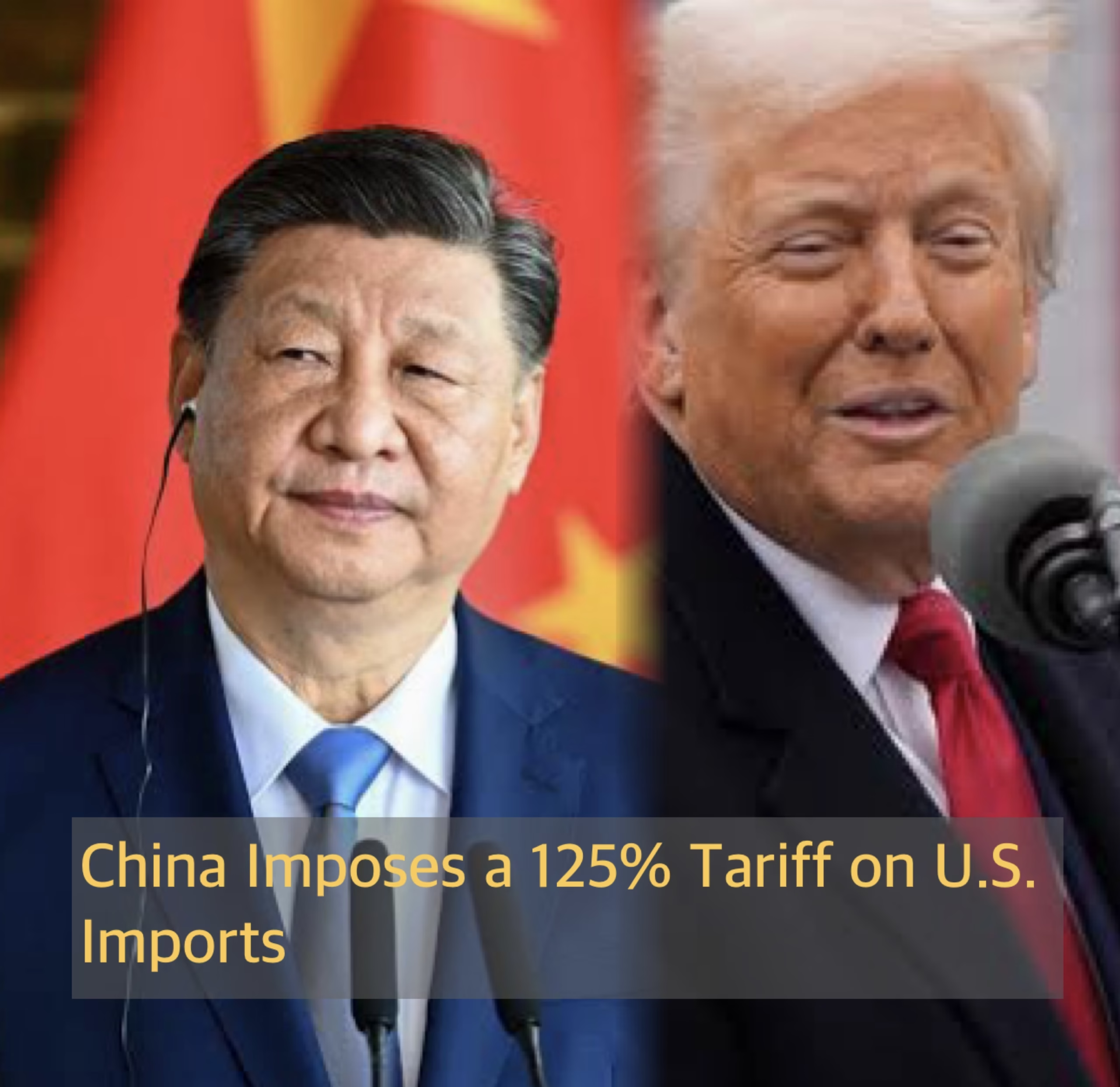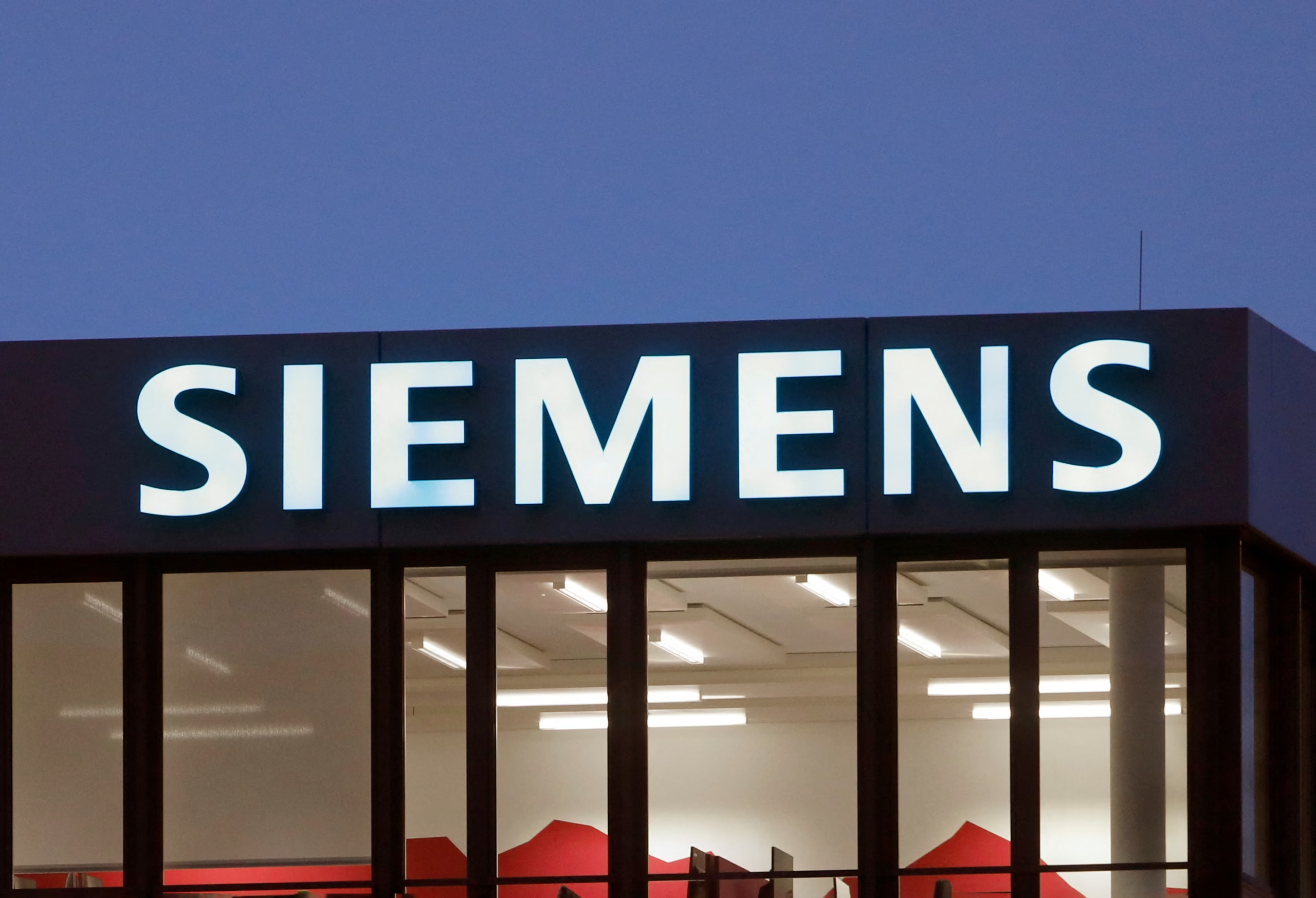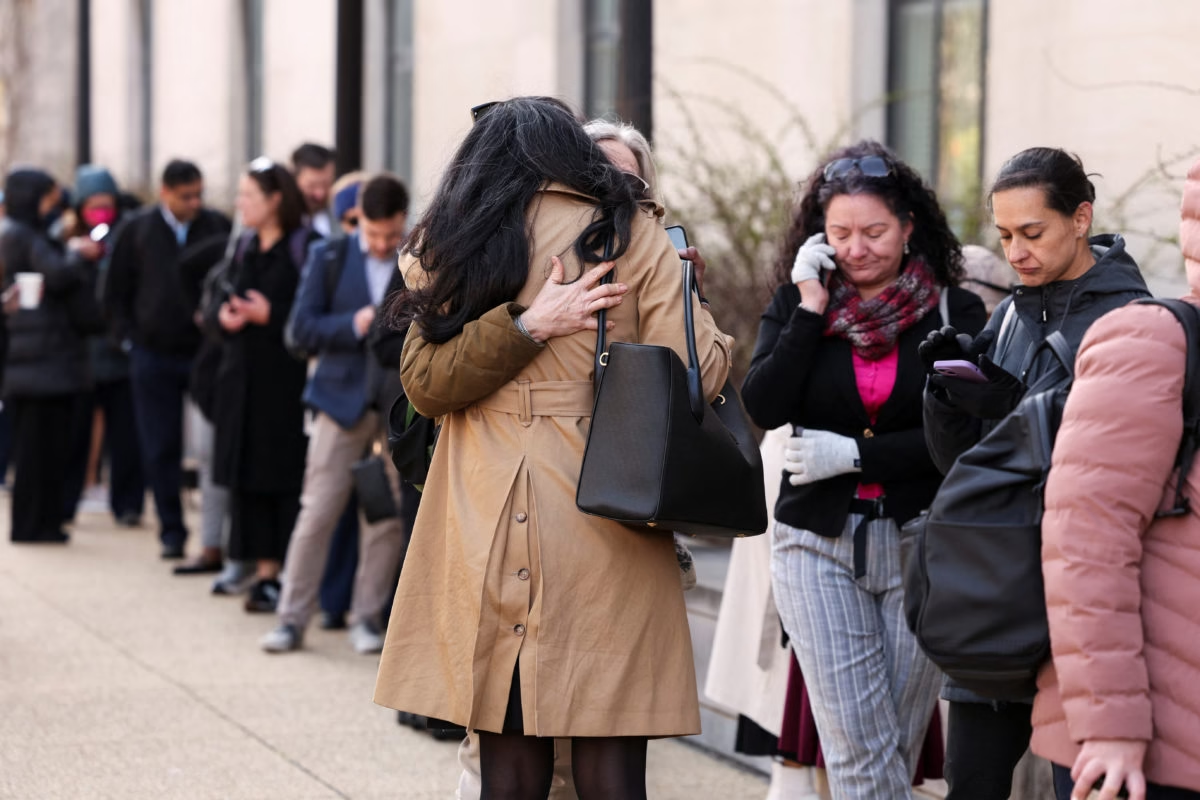Author: Contributor
-

6 Dead after Plane Crashes in Hudson Valley
In a tragic incident, a neurosurgeon and his wife, who was also a surgeon, along with two of their children and their respective partners, lost their lives in a crash that occurred in the town of Copake, situated near Hudson, New York. A small twin-engine aircraft crashed into a muddy field near the town of…
-

China Imposes a 125% Tariff on U.S. Imports
On Friday, China announced its intention to increase the tariffs on American goods to 125 percent, from the previous 84 percent. This escalation in trade tensions is a response to the third round of retaliatory measures between the United States and China, which has become an ongoing trade war between the two global superpowers. The…
-

Pope Francis Makes Surprise Public Appearance Amid Recovery from Pneumonia
VATICAN CITY, Holy See — Defying medical advice, Pope Francis delivered an unexpected message of resilience Sunday, appearing before crowds in St. Peter’s Square just two weeks after being discharged from Rome’s Gemelli Hospital for life-threatening pneumonia. The 88-year-old pontiff, wheeled through the sunlit square while wearing nasal breathing tubes, greeted thousands of faithful following a…
-

U.S. Stocks Plunge $5.4 Trillion in Two Days Amid Recession Fears from Trump Tariffs
In a two-day period, US stock prices experienced a precipitous decline of $5.4 trillion, primarily driven by the apprehension of a recession precipitated by President Trump’s imposition of tariffs. China’s retaliatory measures against Washington’s levies have further exacerbated the global market’s pessimism. President Trump’s ambitious plan to disrupt the global trading framework through substantial tariffs…
-

Siemens Bolsters Life Sciences Portfolio with $5.1 Billion Acquisition of Dotmatics Deal
Strategic Expansion in Life Sciences Siemens plans to finance the transaction primarily through share sales, including shares of its healthcare subsidiary Siemens Healthineers (SHLG.DE), according to CFO Ralf Thomas. The deal follows last week’s closure of Siemens’ $10.6 billion purchase of engineering software firm Altair, marking its second-largest acquisition to date. Dotmatics, a leader in…
-

Mass Layoffs Hit HHS: CDC, NIH, and FDA Face Deep Job Cuts
Washington, D.C. – Thousands of federal employees at the Department of Health and Human Services (HHS) were abruptly laid off this week as part of a sweeping workforce reduction, with cuts impacting critical agencies including the Centers for Disease Control and Prevention (CDC), the Food and Drug Administration (FDA), and the National Institutes of Health…
-

Federal Court Blocks Trump Administration’s Plan to End TPS for Venezuelans
A U.S. federal judge has temporarily halted the Trump administration’s attempt to revoke Temporary Protected Status (TPS) for 350,000 Venezuelan immigrants, ruling that the move is likely unlawful. In a nationwide injunction issued Monday, U.S. District Judge Edward Chen blocked Homeland Security Secretary Kristi Noem’s plan to terminate TPS, a designation that allows immigrants from…
-

Trump Escalates Economic Threat with New Tariffs on Russian Oil Amid Stalled Ukraine Peace Efforts
In a bold move signaling a hardening stance toward Moscow, former President Donald Trump has threatened to impose sweeping secondary tariffs of 25% to 50% on all Russian oil imports if negotiations to secure a Ukraine cease-fire collapse, according to an exclusive NBC News report. The announcement, made during a March 30 phone interview, underscores…
-

Powerful 7.7 Magnitude Earthquake Kills Over 150 in Myanmar and Thailand; Rescue Efforts Hampered
March 2025 — A catastrophic 7.7 magnitude earthquake struck Myanmar on Friday, unleashing widespread destruction across the country and neighboring Thailand, killing at least 154 people and crippling critical infrastructure. The quake, the strongest to hit Myanmar in over a century, reduced buildings and bridges to rubble and sent tremors hundreds of miles away, including…
-

Canada Declares End of Era in U.S. Relations, Plans Major Trade & Security Overhaul Amid Trump Tariff Fallout
Ottawa, Canada – Prime Minister Mark Carney announced a historic shift in Canada’s relationship with the United States on Thursday, declaring that decades of tightly integrated economic and security cooperation are “over” and vowing a sweeping renegotiation of bilateral trade and defense agreements. The remarks, delivered during a press conference in Ottawa, signal a dramatic…